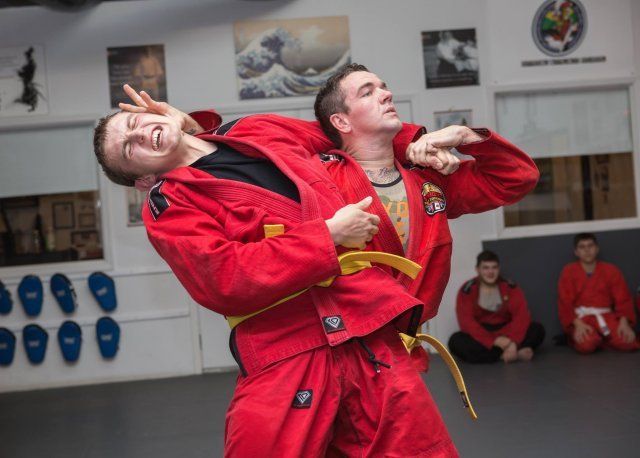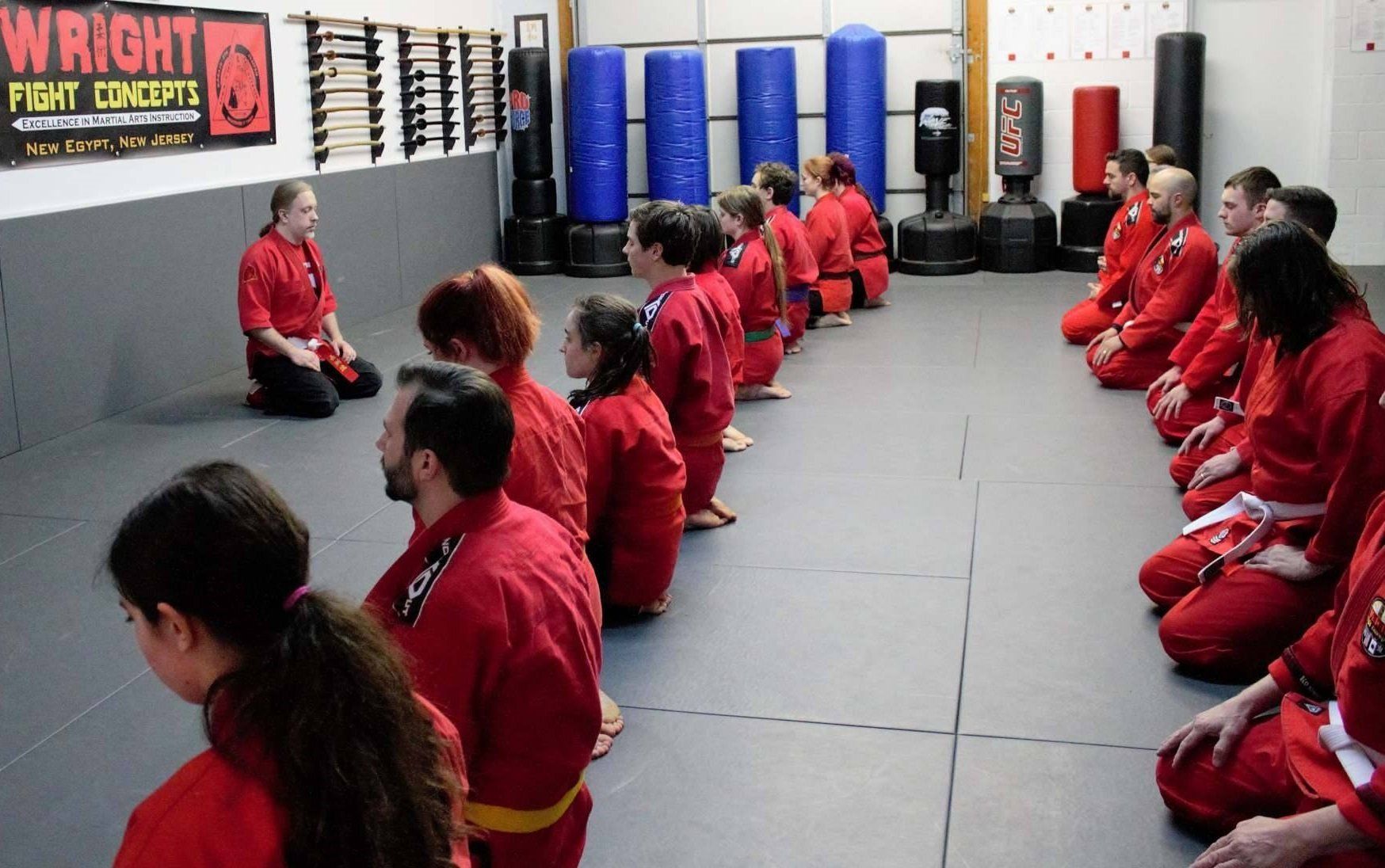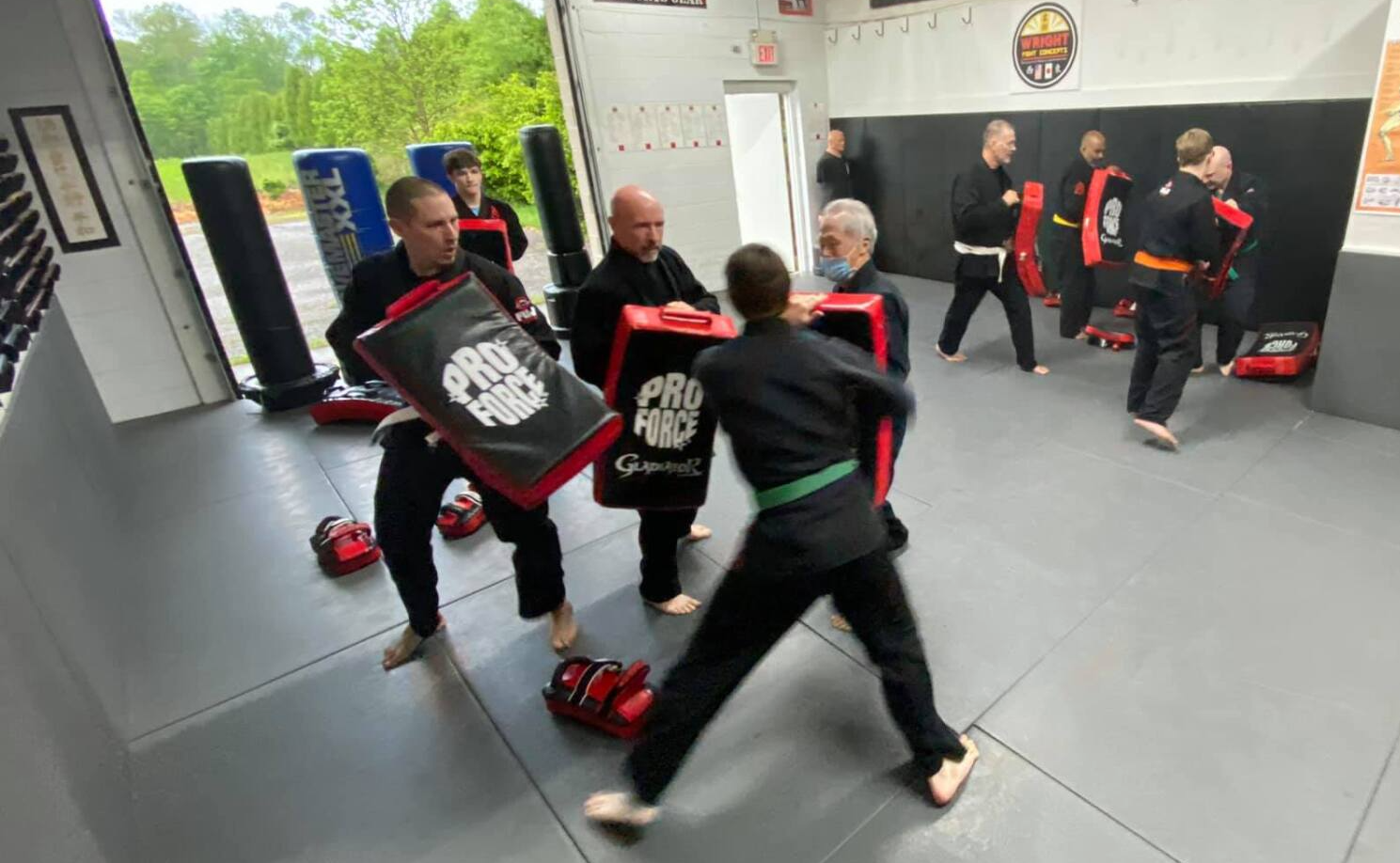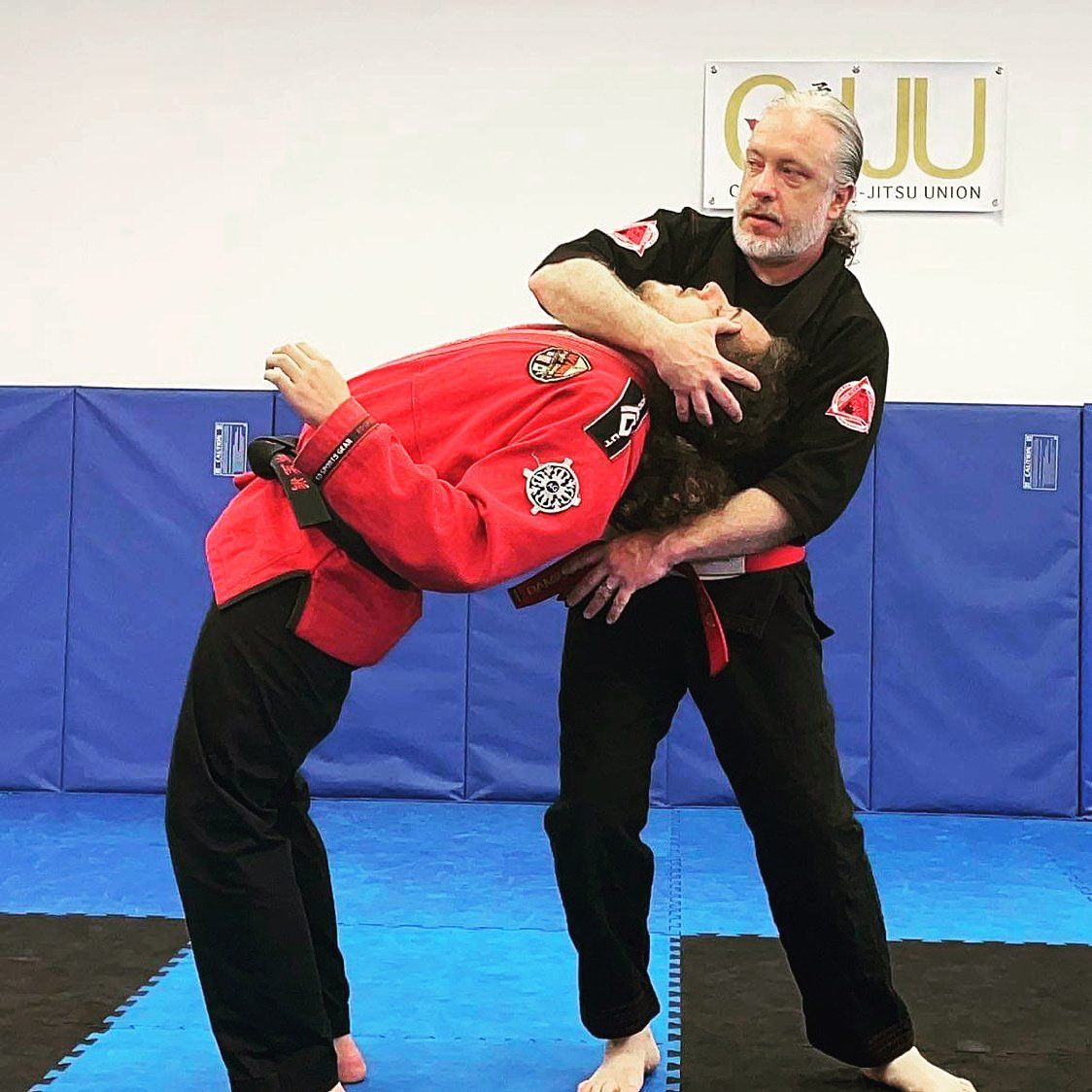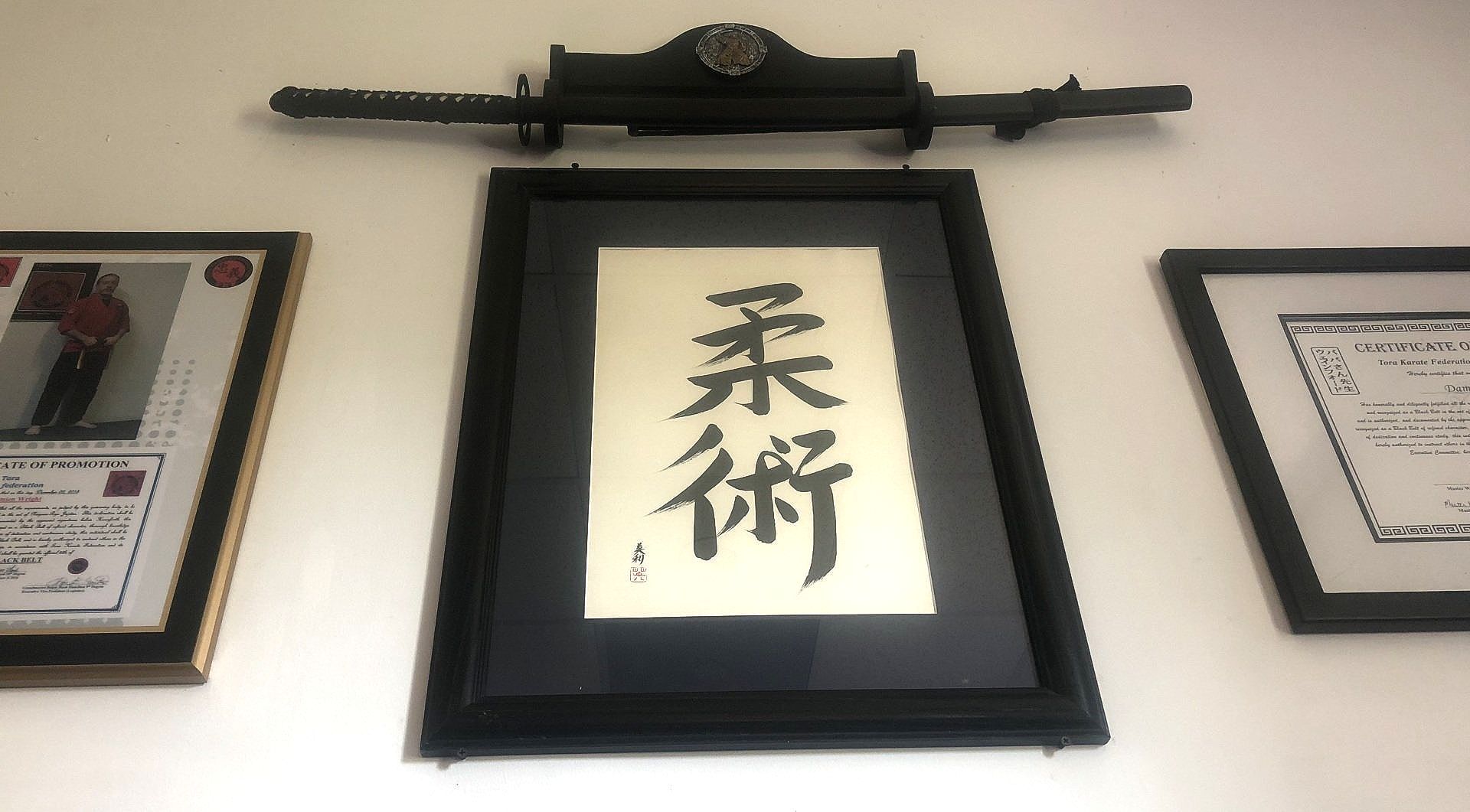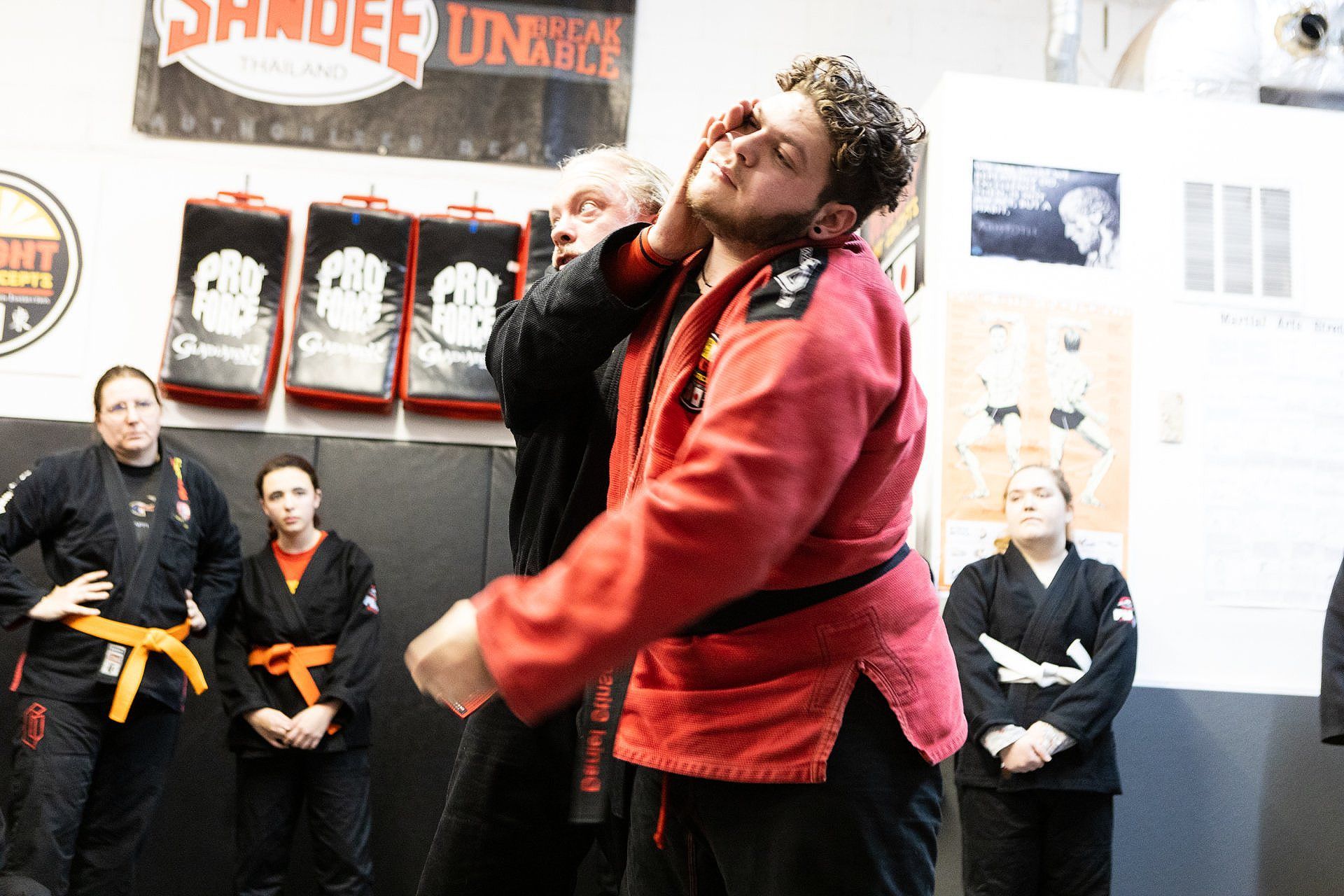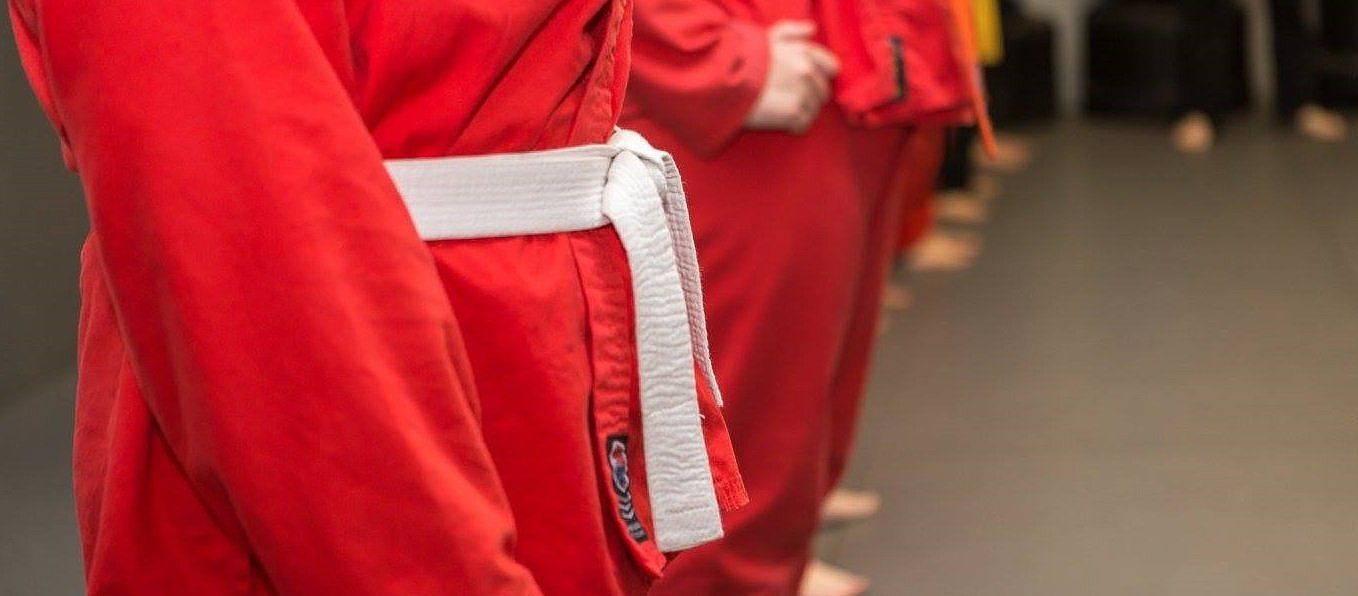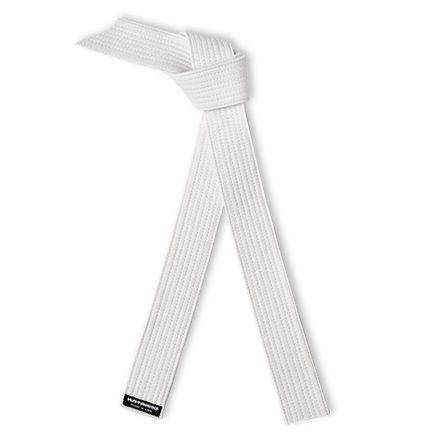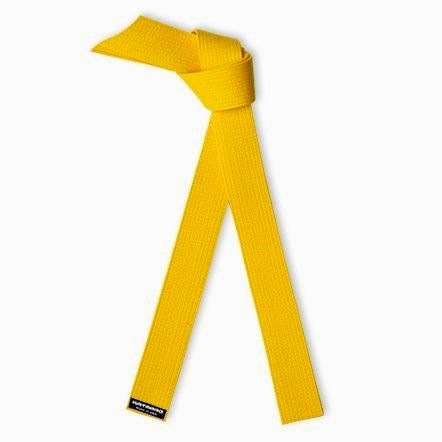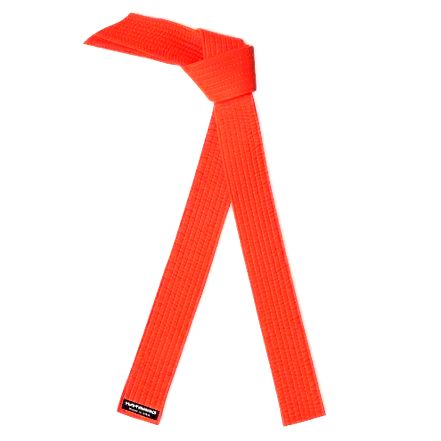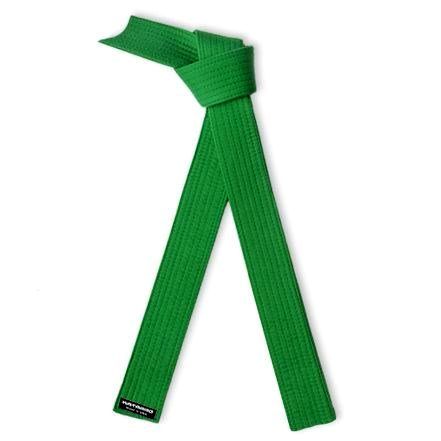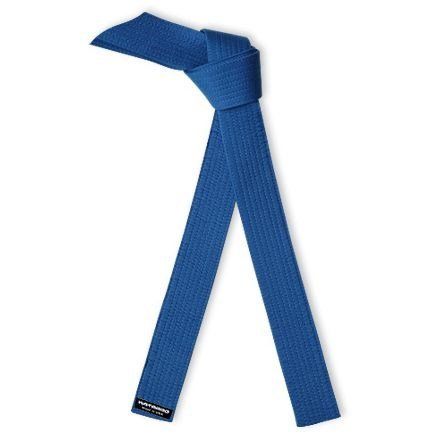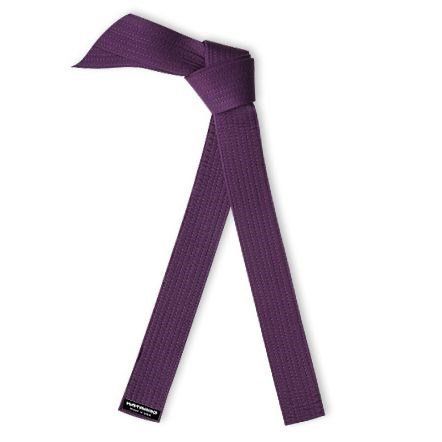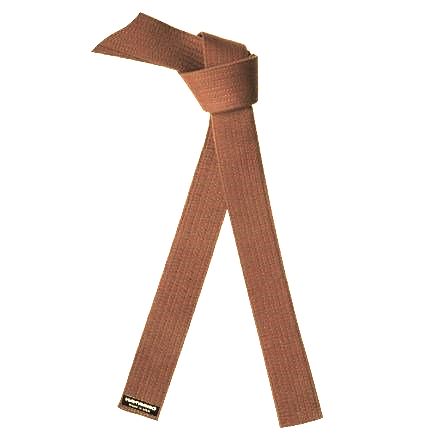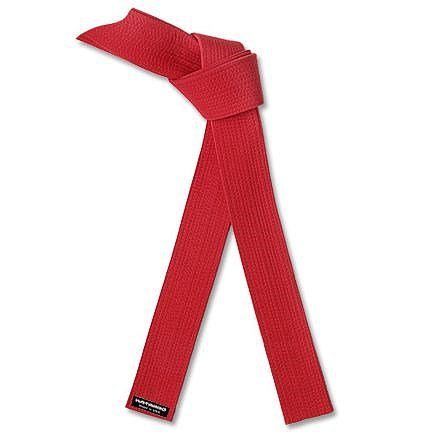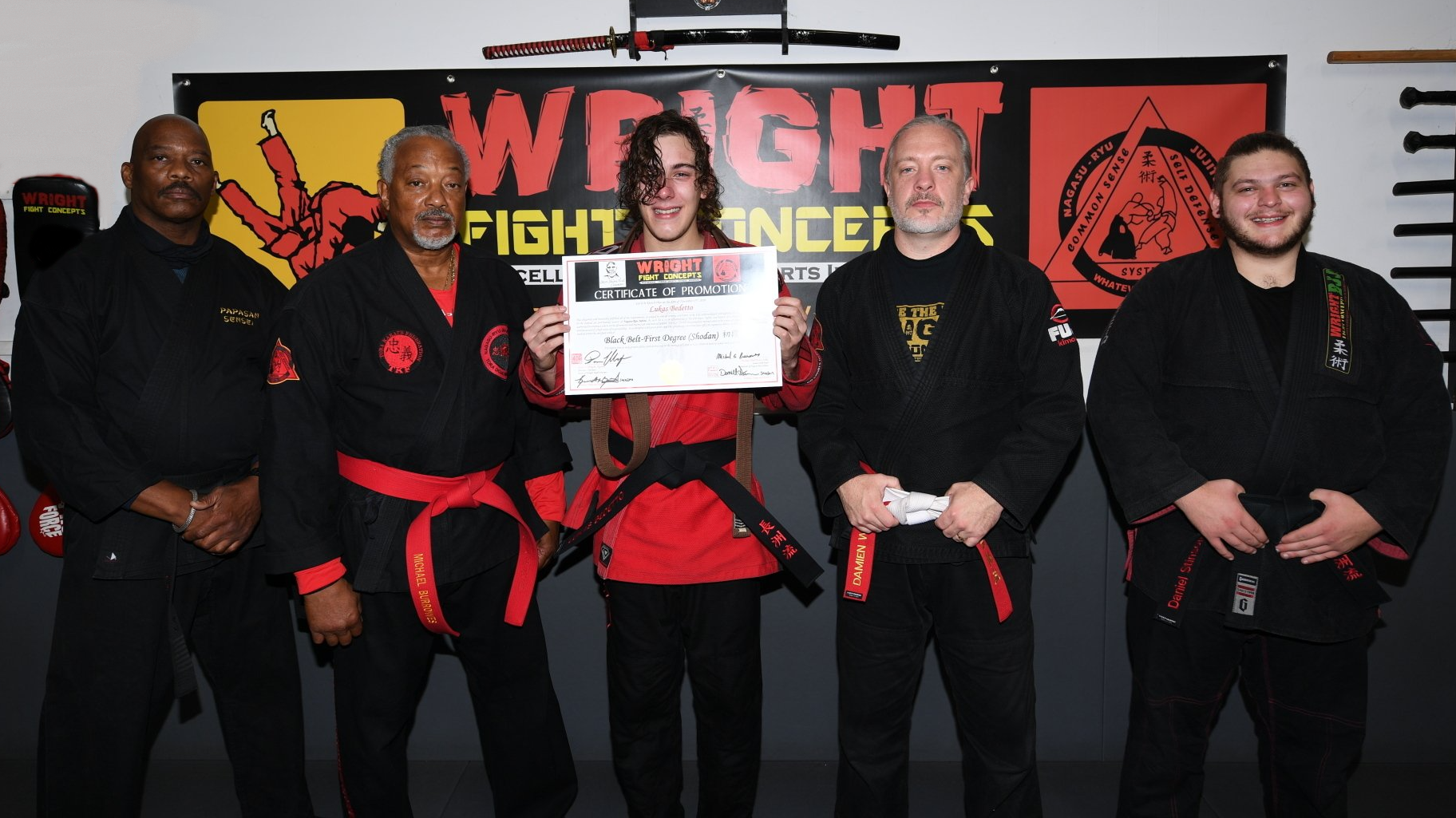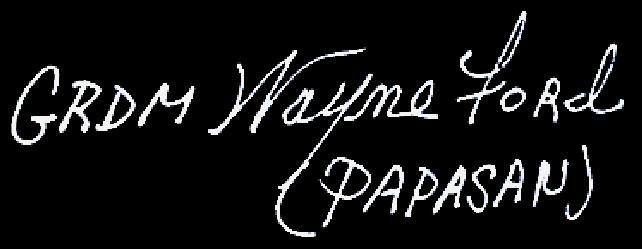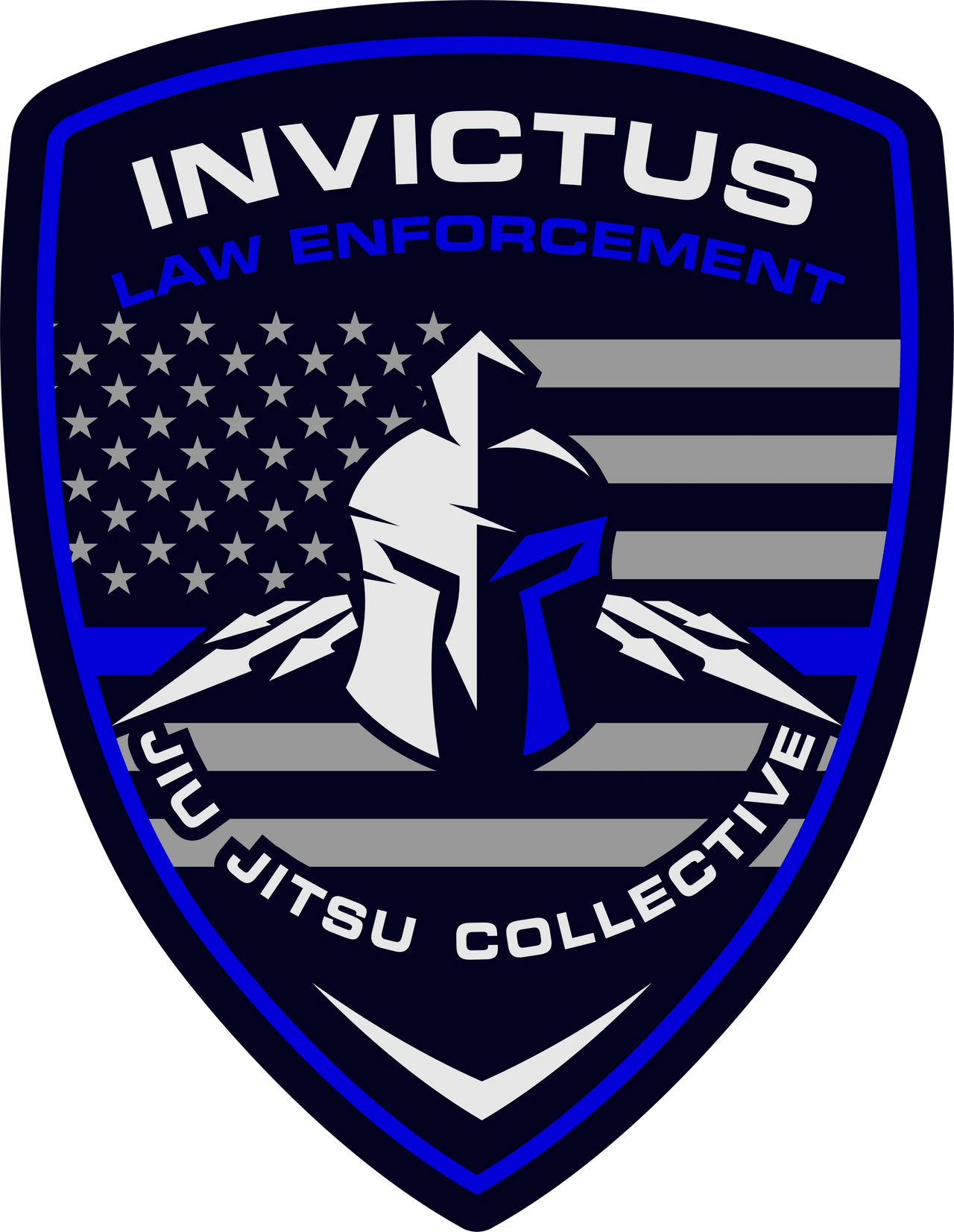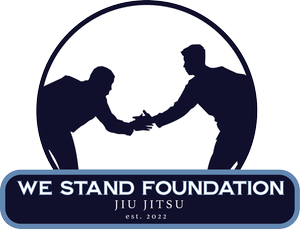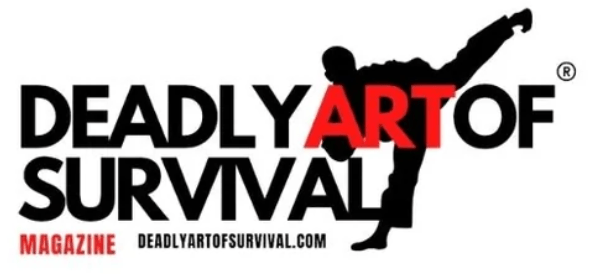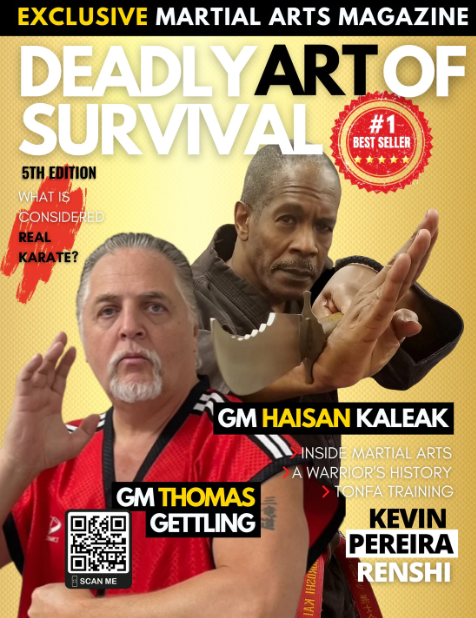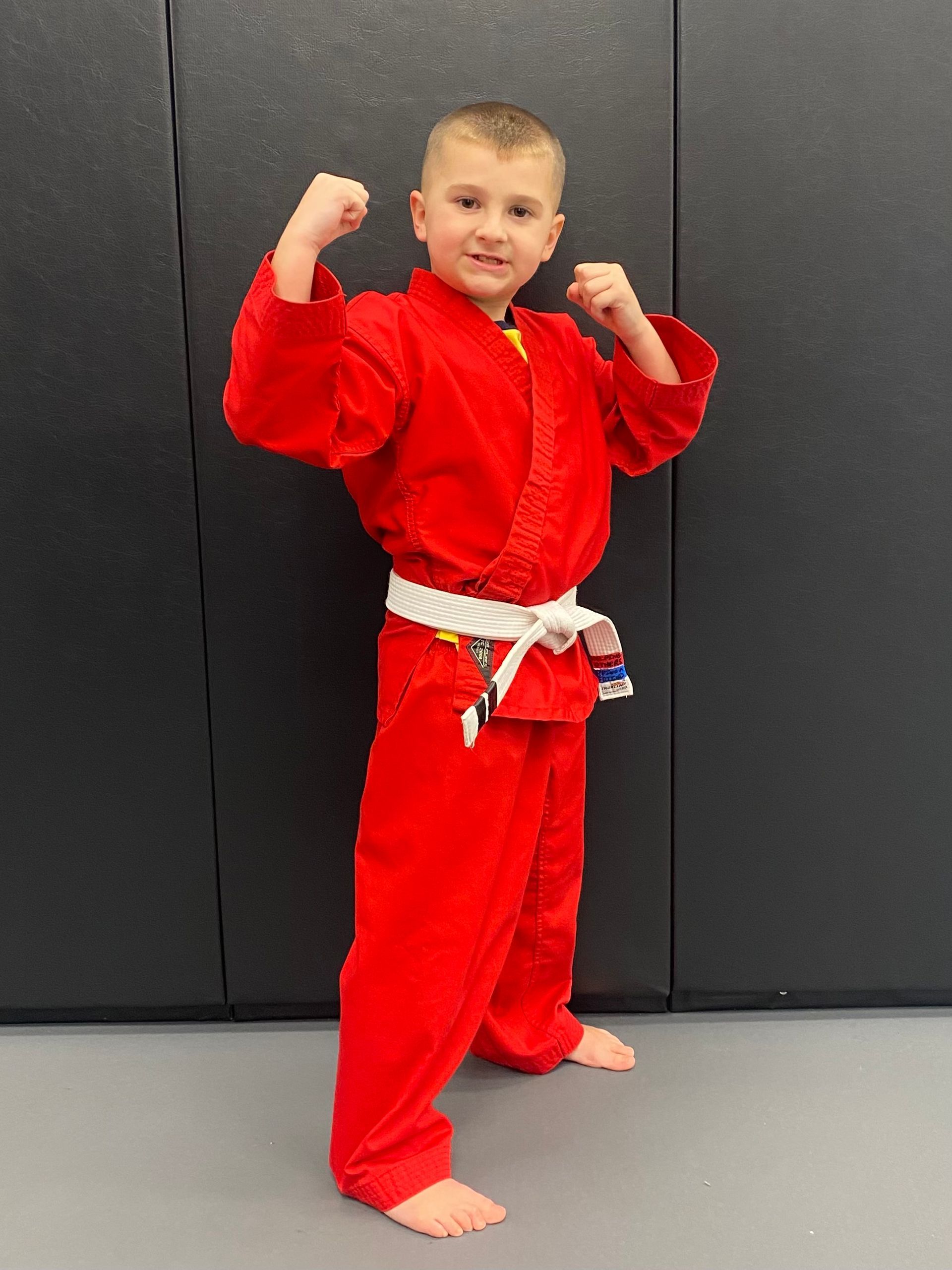Combative techniques (strikes, throws, takedowns, joint locks, groundwork, escape, weapons, disarms, etc) and eclectic variations are then thoroughly explored, and methods of reaching them efficiently and thoughtlessly are drilled.
Every week, some form of free sparring or situational sparring (contending with a resisting training partner using protective equipment), Shiai Randori (executing throws, takedowns, and ground attacks against a resisting opponent), and Goshin-Jutsu Randori (free-style practice of self-defense techniques in non-rehearsed movement against one or more attackers) are used to further refine our understanding of human movement in the application of our techniques.
It is recommended that a each student attend no less than 2 classes a week for standard advancements in training to be expected. Consistency and commitment to one’s training is paramount in establishing martial skill.
You get out of your Jujitsu experience what you put in to it.
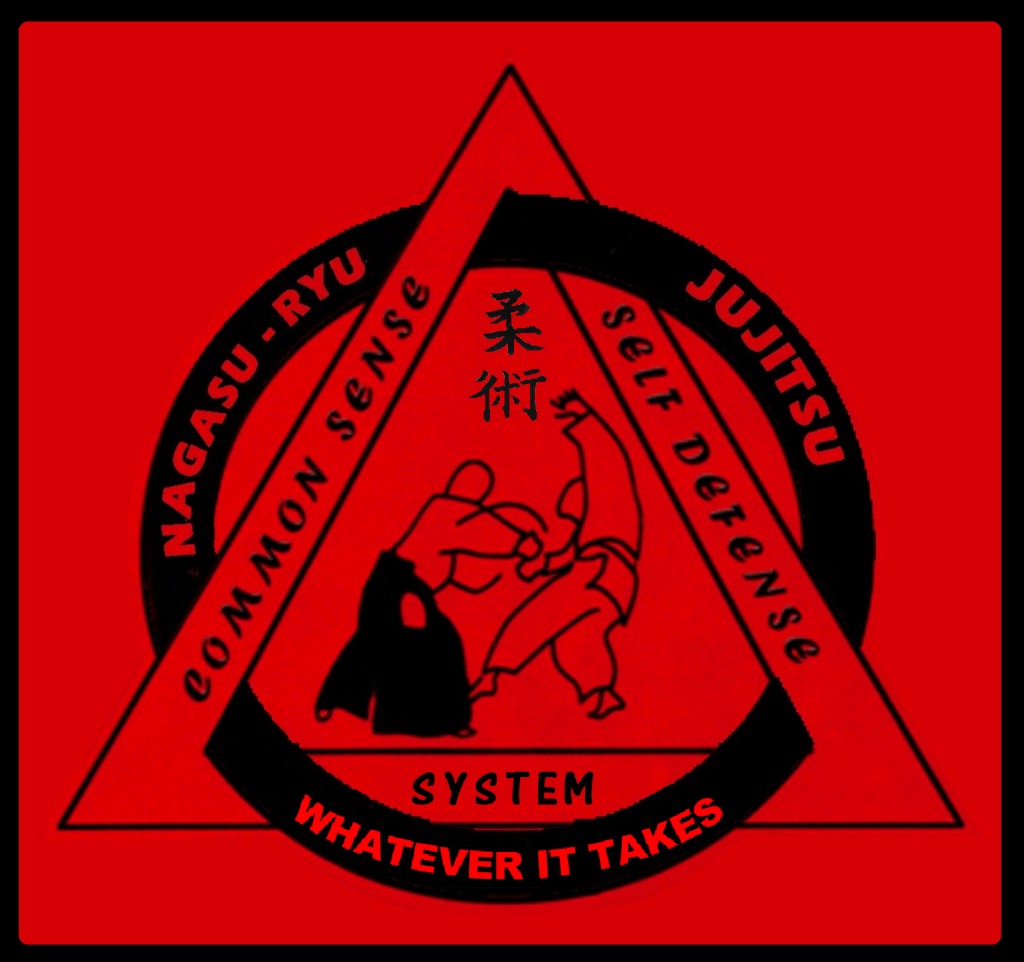
What Is “Japanese Jujitsu”?
The Style We Teach: Nagasu Ryū Jujitsu
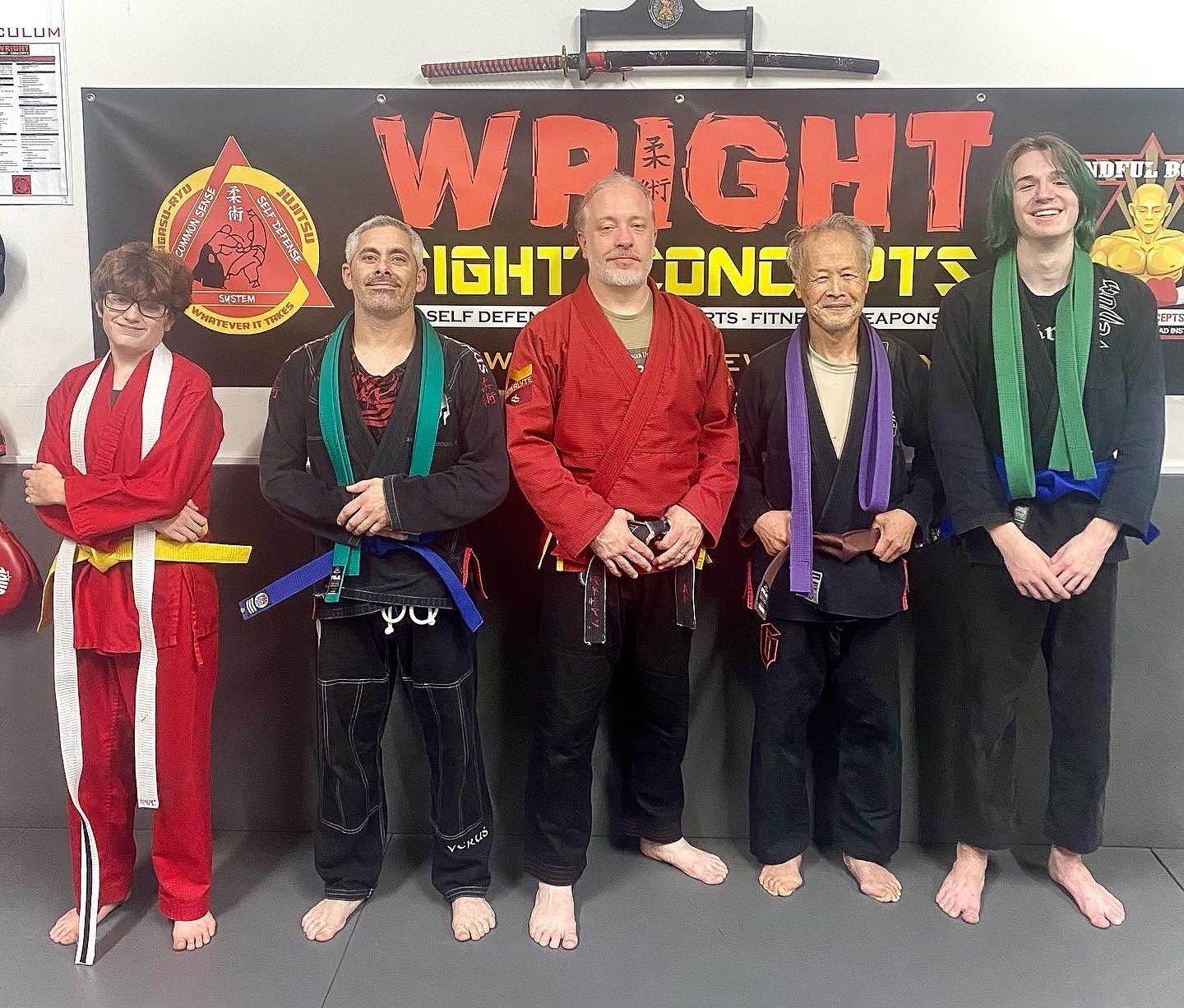
Novice Student Belt Ranks
Intermediate Student Belt Ranks
Advanced Student Belt Rank and Assistant Instructor Title
Expert Student Belt Rank and Instructor Title
Black Belt (Sensei)
Definition of the word Sensei: One who came before.
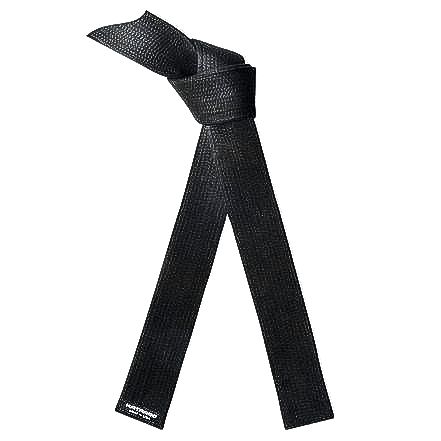
Ceremonial Belts for Advanced Dan (Black Belt) Ranks
and Master Instructor License Titles
Please Note:
When addressing an instructor of Black Belt level, it is appropriate and encouraged to refer to them merely as "Sensei" regardless of the instructor's Dan rank or Master level of licensure. It is usually considered inappropriate and unnecessary however to refer to a Master level instructor by their title in place of the term Sensei as the title is considered a formal notation and not a part of customary speech (ex: someone with a PhD degree and license might be addressed as "Doctor" so-and-so or "Professor" so-and-so, but never "PhD" so-and-so in actual conversation).
Master Instructor
Level 1 (Renshi)
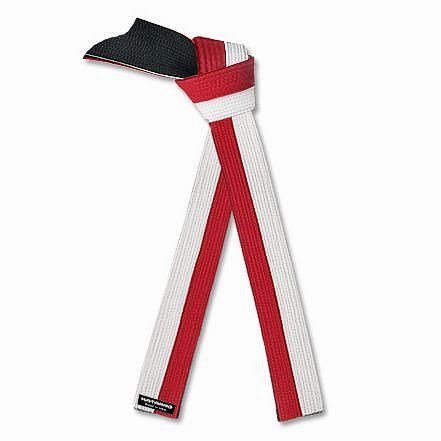
Master Instructor
Level 2 (Kyoshi)
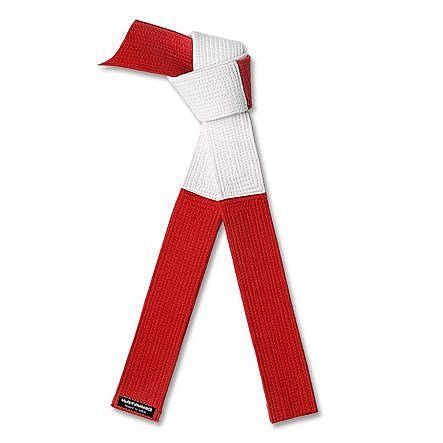
Master Instructor
Level 3 (Hanshi)
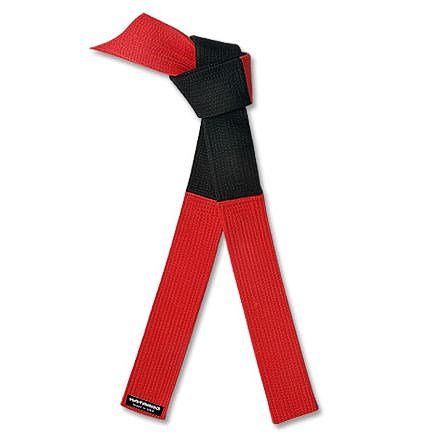
Headmaster of the Art (Soke)
Judan
(10th Dan)
Rights and Privileges:
May conduct and lead classes of all ranks
May lead a program or dojo
May lead committee for Black Belt testing candidates of All Levels
May lead committee to license all levels of Master Instructor
Exclusive Privileges:
C.E.O of Tora Karate Federation (governing body that regulates Nagasu Ryu)
Only person who can authorize and certify a dojo for instruction in Nagasu Ryu
Only person who can license a Level 3 Master Instructor
This title may only be held by one person
Pictured Left to Right:
Kenneth Reid Kyoshi, Michael Burrowes Soke (Grandmaster of Nagasu Ryu), Lukas Bedetto Sensei (Newly Promoted to Shodan), Damien Wright Kyoshi, Daniel Stinson Sensei
Rest In Peace, Papasan Sensei
Grandmaster Wayne ‘Papasan’ Ford Video Collection
Request Information
Thank you for your interest in our academy! We extend to you this EXCLUSIVE WEBSITE OFFER:
ONE WEEK ALL ACCESS CLASS PASS, good for ONE WEEK OF UNLIMITED CLASSES!
- This pass is good for ONE FAMILY for ANY ADULT or YOUTH STUDENTS.
- Your time with this pass begins on the day of your first scheduled class.
Our owner, Sensei Damien Wright, will be contacting you directly to help you get started.
We look forward to talking to you shortly.
Please try again later.
We are taking a stand against bullying!
“Parents, school staff, and other adults in the community can help kids prevent bullying by talking about it, building a safe school environment, and creating a community-wide bullying prevention strategy”
— www.StopBullying.gov
Our founder and head instructor Sensei Damien Wright was featured in the 5th edition of
DEADLY ART OF SURVIVAL Magazine
the #1 best selling martial arts magazine on Amazon worldwide, and so much more!

CONTACT INFORMATION
- Mon, Wed, Thu
- -
- Tuesday
- -
- Fri - Sat
- Appointment Only
- Sunday
- -
Click below for full details:






